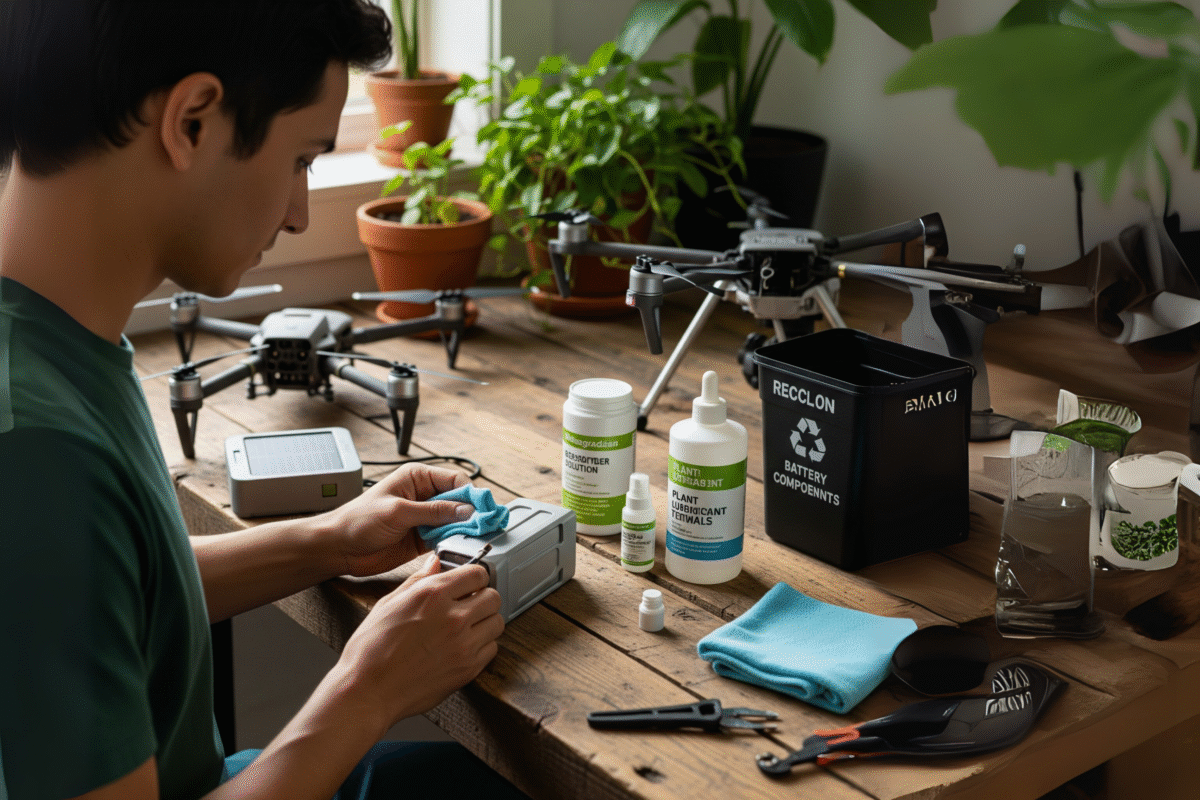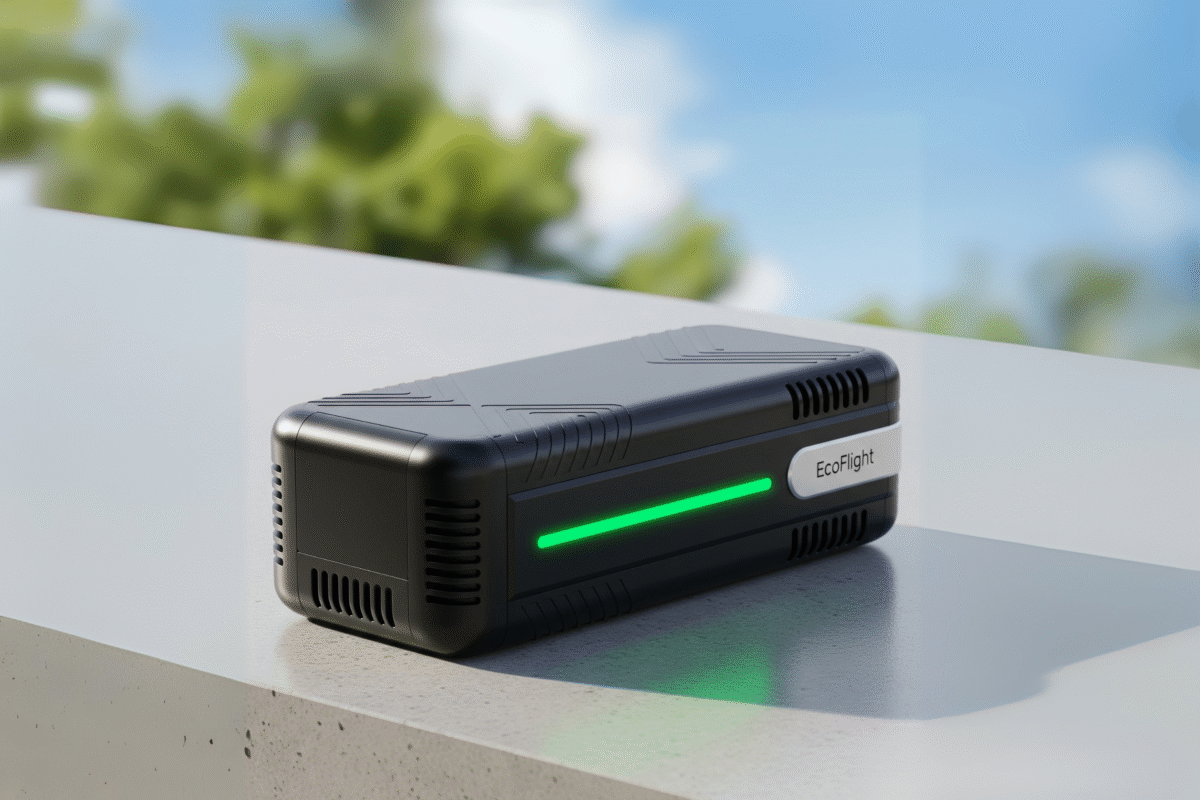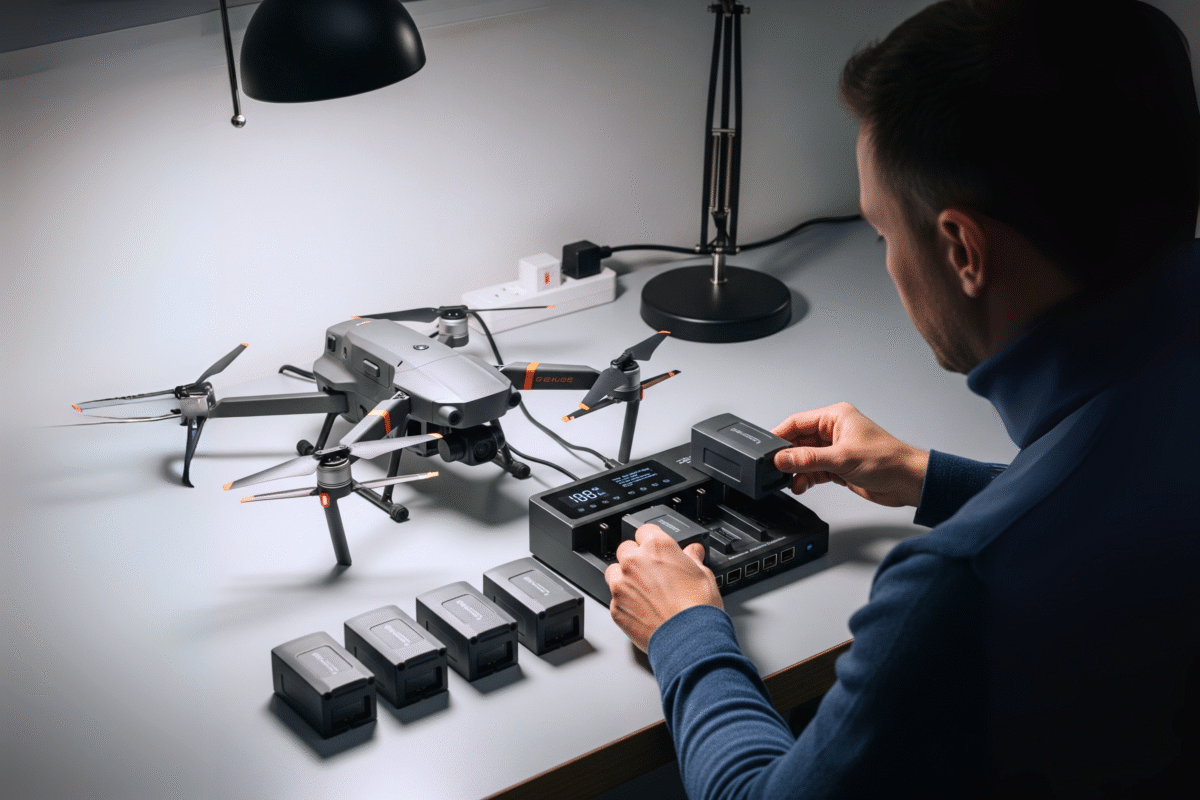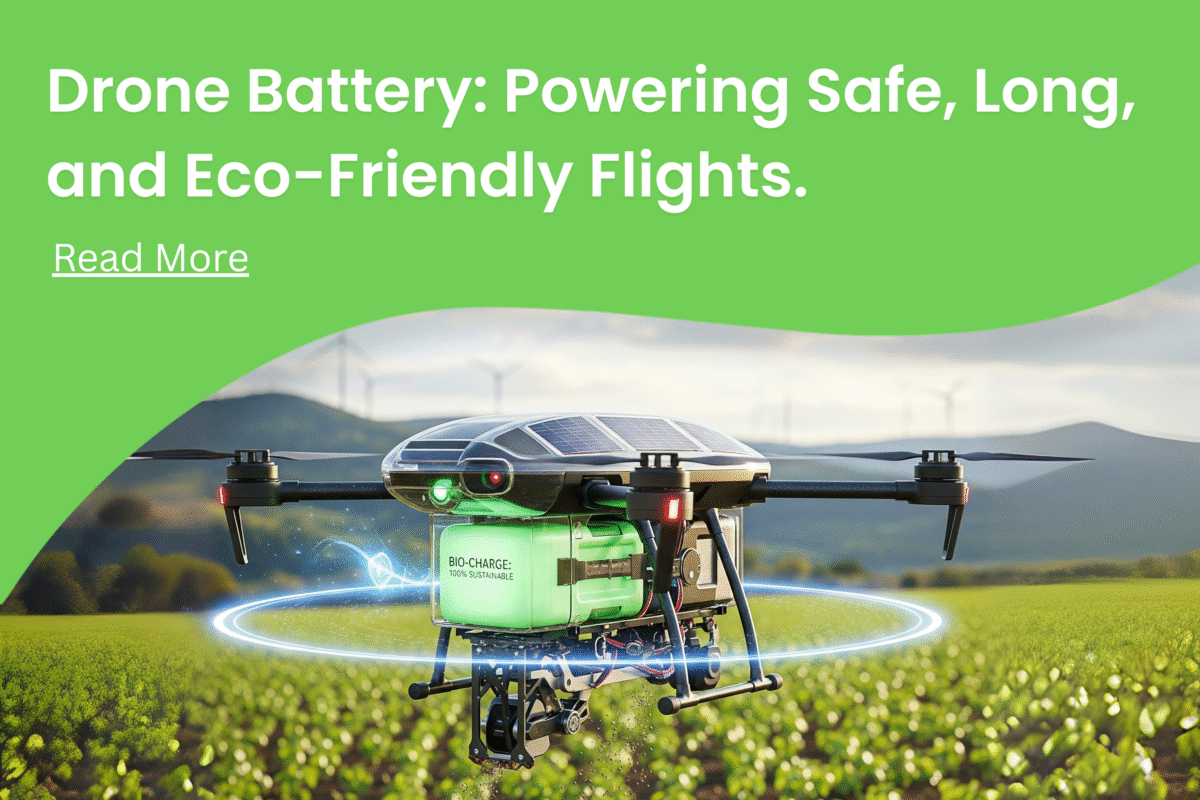Drones
Drone Battery: Powering Safe, Long, and Eco-Friendly Flights
Drones are becoming part of our daily lives, from capturing beautiful photos to supporting eco-friendly farming and environmental projects. At the heart of every drone lies the drone battery, the small but powerful component that decides how high, far, and safe your flights can go. Understanding your drone battery is important because it helps you fly responsibly, extend battery life, and reduce electronic waste.
Why the Drone Battery Matters
A drone battery is like the heartbeat of your flying machine, keeping it in the sky with stable power. Without a healthy battery, drones cannot fly smoothly, stay balanced, or handle windy conditions safely. Choosing the right battery ensures longer flight times and better protection for the environment.
Modern drone batteries are designed to store strong energy in small sizes, making them both lightweight and powerful. However, these batteries require good care to stay safe, last longer, and avoid harmful waste. Learning simple tips for battery use can help you fly responsibly and keep nature clean.
Drone Battery Charger: The Partner in Safe Charging
A drone battery charger is just as important as the battery itself because it protects against overcharging and overheating. Safe charging prevents harmful damage to your battery and also reduces risks like energy loss and fire.
Using the correct charger also makes your battery last longer, which means you replace it less often. Fewer replacements mean less electronic waste and a smaller impact on the environment. This makes a drone battery charger not just a useful tool, but also a way to fly more sustainably.

How to Care for Your Drone Battery
Caring for your drone battery is simple, but it requires regular attention and eco-friendly habits.
Here are some practical tips:
- Charge responsibly: Always use the original drone battery charger and avoid overcharging to prevent damage.
- Store safely: Keep your battery in a cool, dry place, away from heat and moisture, to extend its life.
- Avoid full drains: Never let the battery completely die, since deep discharges can shorten its lifespan quickly.
- Recycle properly: When a battery no longer works, recycle it through safe electronic waste centers instead of throwing it away.
- Fly within limits: Avoid pushing your battery too hard with heavy loads or very strong winds.
By following these simple steps, you can enjoy longer flights while also helping protect our environment.

Eco-Friendly Impact of Drone Batteries
Using drones powered by rechargeable batteries is already a step toward cleaner technology compared to fuel-driven machines. Rechargeable batteries cut down harmful emissions, making drones more eco-friendly for activities like farming, mapping, or wildlife monitoring.
However, when not cared for properly, damaged batteries may harm the environment. Choosing rechargeable, long-lasting drone batteries and recycling them responsibly ensures we reduce toxic waste. Small steps like these make a big difference when many drone owners act together.
Signs Your Drone Battery Needs Replacing
Over time, even the best batteries lose their strength. Look out for these signs:
- The drone battery drains faster than before, even after full charging.
- The battery feels swollen or hotter than normal during flights.
- Flight times are much shorter, making your drone less reliable.
Replacing batteries on time ensures safety for both the drone and the environment. Always recycle old batteries at proper centers instead of tossing them in the trash.
Simple Ways to Make Your Drone Battery Last Longer
Extending battery life means fewer replacements and less waste. Here are easy ways:
- Fly at normal speeds instead of constant top speeds.
- Avoid flying in extreme weather conditions, such as strong winds or heavy rain.
- Let your battery cool before charging again after a long flight.
- Keep software updated because smart systems improve energy use.
These small choices give you longer flights while reducing your environmental impact.
Conclusion
The drone battery is more than just a power source—it is the heart of safe, long, and eco-friendly flights. By charging with the correct drone battery charger, storing batteries carefully, and recycling responsibly, you help reduce waste and protect nature. Caring for your battery ensures longer life, safer flights, and a cleaner planet. Every small choice, like using eco-friendly practices, adds up to a big impact. Flying drones with responsibility not only improves your experience but also keeps our skies and earth healthier.

MOLICEL INR-21700-P50B Lithium-Ion Cell
Uses:
- Ideal for electric vehicles needing high energy storage.
- Perfect for large power tools requiring long operation.
- Useful in energy storage systems for homes and solar projects.
Features:
- High 5000mAh capacity with strong power output.
- Excellent cycle life for repeated charging.
- Stable thermal performance under heavy load.
Goals:
- Deliver a longer range for EVs.
- Reduce charging downtime.
- Support renewable energy projects with reliable storage.
MOLICEL INR-21700-P45B Lithium-Ion Cell
Uses:
- Great for aerospace and defense electronics.
- Suitable for drones needing strong, steady power.
- Useful in high-performance e-bikes and scooters.
Features:
- Balanced capacity and power (4500mAh).
- Strong discharge rate for high-demand applications.
- Lightweight yet durable design.
Goals:
- Improve efficiency in advanced mobility.
- Support safe and reliable drone flights.
- Power cutting-edge defense technology.
MOLICEL INR-18650-P30B Portable Lithium-Ion Cell
Uses:
- Common in laptops and consumer electronics.
- Supports compact medical devices.
- Used in backup power packs and flashlights.
Features:
- Reliable 3000mAh capacity for portable devices.
- Compact 18650 size fits standard designs.
- Long cycle life with safe chemistry.
Goals:
- Provide lightweight and portable energy.
- Support medical reliability in emergency equipment.
- Extend consumer electronics’ battery performance.
MOLICEL INR-21700-P42A Lithium-Ion Cell
Uses:
- Designed for high-drain power tools.
- Perfect for racing drones or robotics.
- Suitable for energy-hungry e-bikes.
Features:
- Strong 4200mAh capacity.
- Extremely high discharge rate for heavy use.
- Maintains stable voltage under stress.
Goals:
- Maximize performance for extreme-demand applications.
- Offer dependable power for professional tools.
- Support high-speed drone racing communities.
MOLICEL INR-18650-M35A Lithium-Ion Cell
Uses:
- Widely used in power banks and portable electronics.
- Suitable for handheld devices needing long run times.
- Good for LED lighting systems.
Features:
- High 3500mAh capacity in compact form.
- Energy-dense with consistent output.
- Proven MOLICEL durability.
Goals:
- Extend the runtime for small devices.
- Promote eco-friendly portable energy.
Provide affordable, long-lasting solutions.
MOLICEL INR-18650-P28A Portable Lithium-Ion Cell
Uses:
- Great for small drones and RC devices.
- Used in backup power supplies.
- Fits into compact gadgets needing steady output.
Features:
- 2800mAh capacity with high discharge rate.
- Fast charging capabilities.
- Built with safety protections.
Goals:
- Deliver power for fast, portable gadgets.
- Support eco-friendly electronics.
- Enhance performance in small-scale mobility devices.
1. Most batteries last 20–40 minutes per charge.
2. Flight time depends on drone size and weight.
3. Flying style (fast or slow) also affects battery life.
1. No, always use the original drone battery charger.
2. Wrong chargers can damage the battery or cause overheating.
3. Original chargers improve safety and extend battery lifespan.
1. Keep it in a cool, dry place.
2. Avoid direct sunlight or high heat.
3. Store at around 50% charge for longer battery life.
1. It drains much faster than before.
2. The battery becomes swollen or changes shape.
3. It feels hotter than normal during use.
1. Rechargeable batteries reduce harmful emissions.
2. Proper recycling prevents toxic waste in landfills.
3. Using them carefully makes drone flying more eco-friendly.

